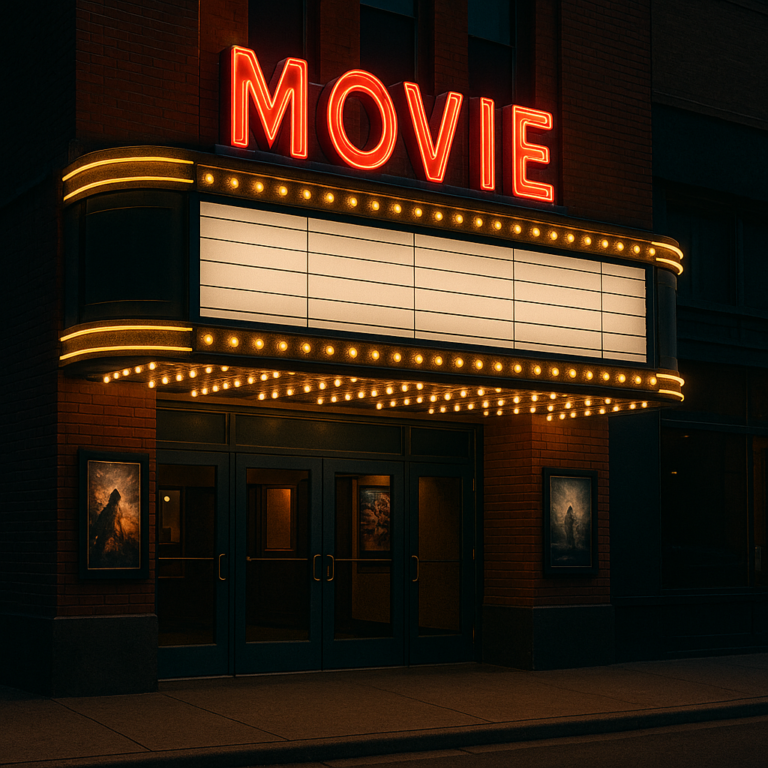When it comes to watching a movie, one of the most powerful emotions that can be evoked is suspense. The feeling of anticipation and tension that keeps us on the edge of our seats, waiting for something to happen, is what makes a film truly thrilling. And while suspense can be achieved through various elements such as storytelling, acting, and music, one of the most effective ways to create suspense is through the use of cinematic techniques.
Cinematic techniques are the methods used by filmmakers to convey their vision and effectively tell a story on screen. They involve the use of different camera angles, lighting, sound, and editing to create a sense of tension and build up suspense. By analyzing these techniques, we can gain a better understanding of how they contribute to the overall effect of suspense in a film.
Camera angles are an important aspect of creating suspense in a movie. The way a scene is shot can greatly affect the audience’s perception and emotional response. When it comes to creating suspense, low angle shots are often used to make the audience feel small and vulnerable, heightening the sense of danger and imminent threat. On the other hand, high angle shots can create a sense of superiority and power, making the audience feel like they are in control of the situation. This contrast between low and high angles can be seen in Alfred Hitchcock’s classic film “Psycho” during the famous shower scene. The low angle shots of the killer’s hand holding a knife creates a feeling of helplessness and fear, while the high angle shots of the victim in the shower make her appear defenseless.
Another technique used to create suspense is lighting. The use of light and shadow can enhance the mood and atmosphere of a scene, creating a sense of unease and tension. In horror films, dim lighting and shadows are often used to conceal the threat and keep the audience guessing, building up tension until the reveal of the monster or killer. In the movie “The Silence of the Lambs”, director Jonathan Demme used a combination of low lighting and shadows to create an eerie and unsettling atmosphere, keeping the audience on edge throughout the film.
Sound is also a crucial element in creating suspense. A well-crafted soundtrack or sound design can greatly enhance the tension and build anticipation. The use of silence or sudden loud noises can startle and surprise the audience, adding to the suspenseful atmosphere. In the movie “Jaws”, director Steven Spielberg effectively uses the sound of the shark’s theme music to create a sense of impending danger, even when the shark is not on screen. This iconic theme has become synonymous with suspense in cinema.
The pace and rhythm of editing can also contribute to the creation of suspense. By manipulating the timing and sequence of shots, filmmakers can control the flow of information and heighten tension. Quick cuts and fast-paced editing can create a sense of urgency and chaos, while slow-motion shots can draw out a moment, building anticipation for what is to come. In the movie “Inception”, director Christopher Nolan used a combination of fast and slow-paced editing to create a sense of disorientation and suspense during the dream sequences.
In addition to these techniques, there are also other factors that can contribute to creating suspense in a film. These include the use of foreshadowing, cliffhangers, and plot twists. Foreshadowing is a technique where subtle hints are given early on in the film, building up to a major event or reveal later on. This creates a sense of anticipation and keeps the audience engaged. Cliffhangers, on the other hand, are used to leave the audience hanging at a critical point in the story, increasing their curiosity and eagerness to find out what happens next. And finally, plot twists are unexpected turns in the story that can completely change the direction of the plot, keeping the audience on their toes and increasing the level of suspense.
In conclusion, analyzing the different cinematic techniques used to create suspense in a film can help us understand how they work together to create a thrilling viewing experience. From camera angles and lighting to sound and editing, these techniques are carefully crafted by filmmakers to immerse the audience in the story and keep them on the edge of their seats. So the next time you watch a suspenseful movie, pay attention to these techniques and see how they contribute to the overall effect of suspense.


